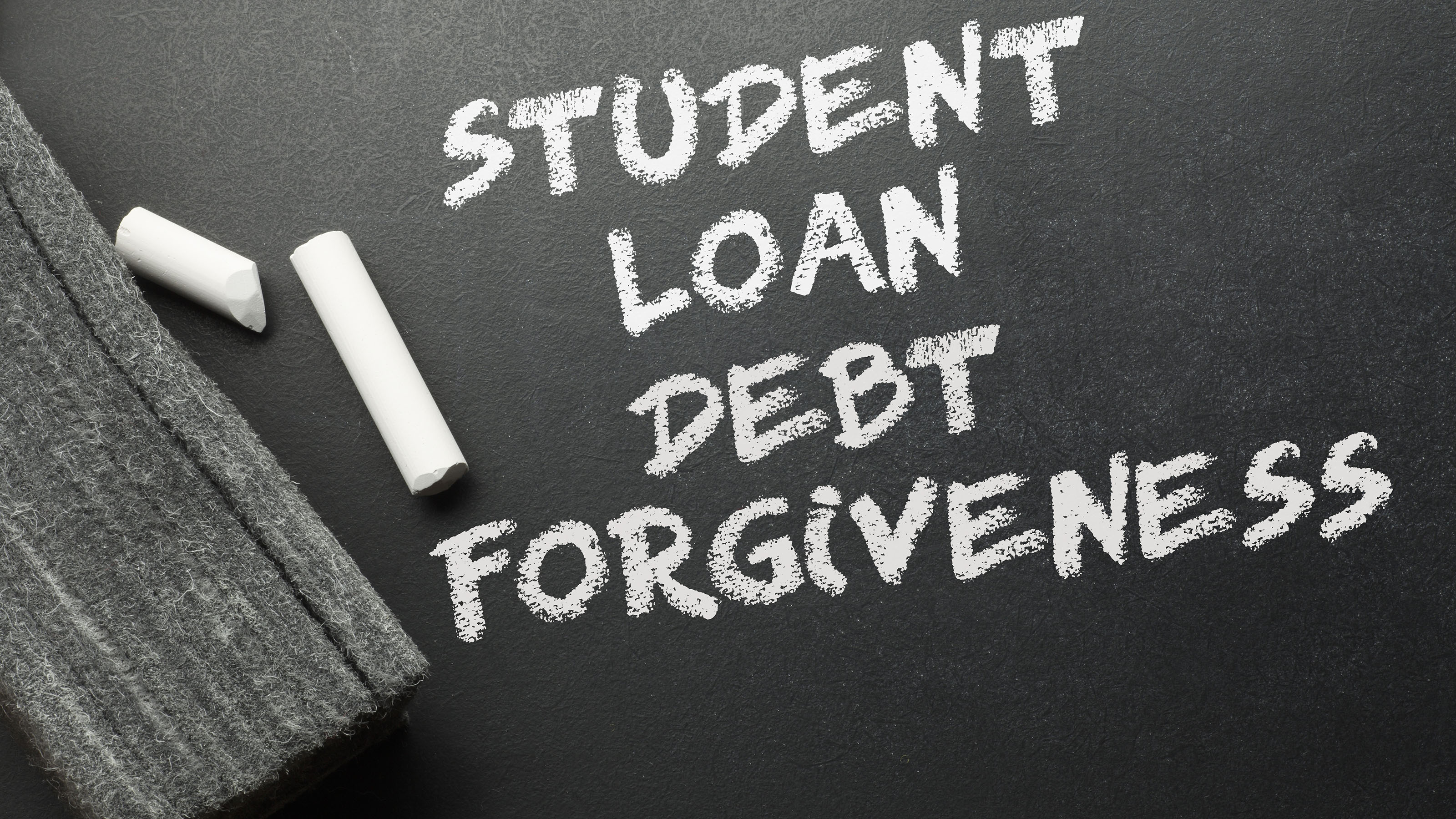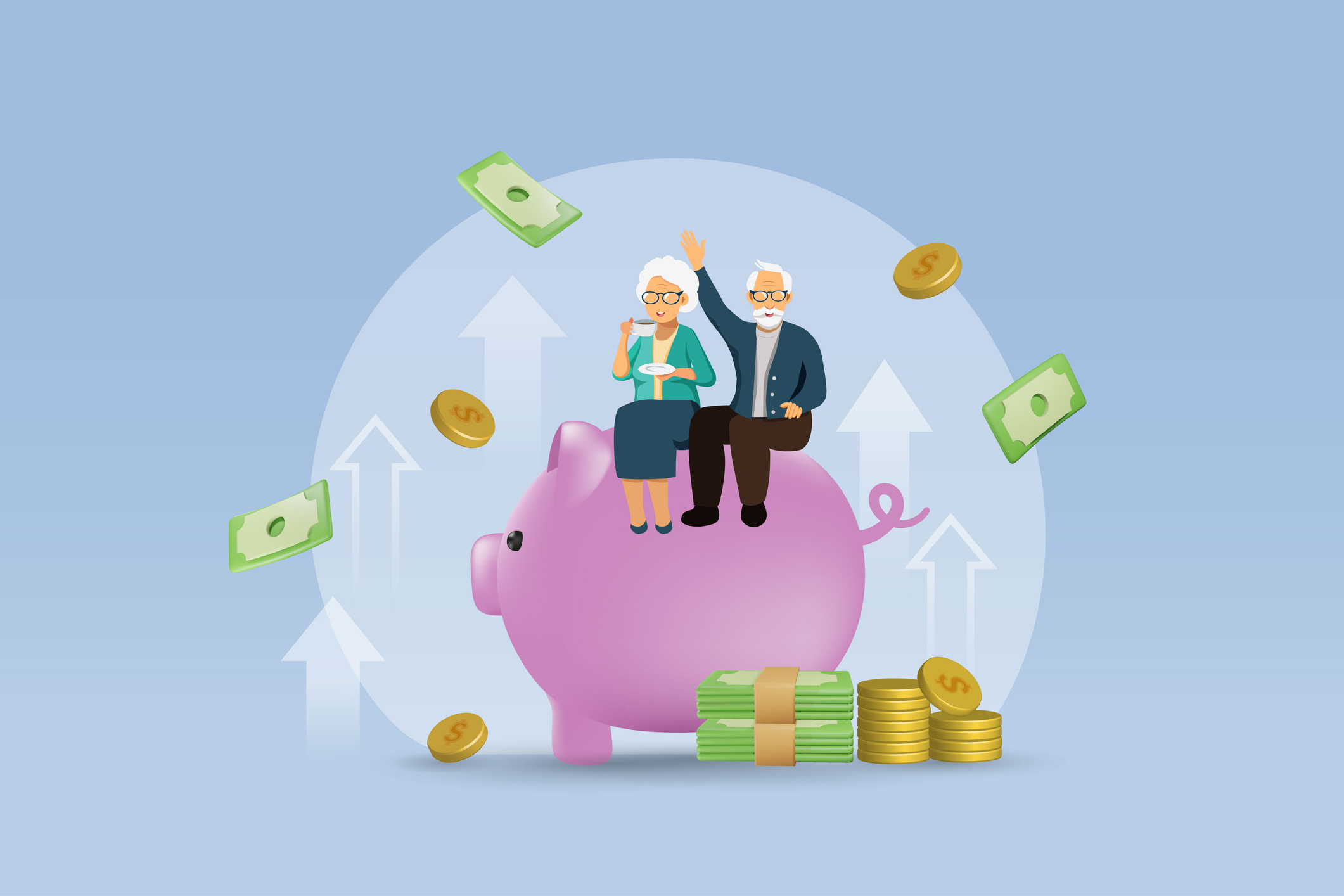Biden Cancels $1.2 Billion in Student Loan Debt: What To Know
The latest round of student debt relief brings the total to nearly $138 billion for nearly 3.9 million borrowers.

Esther D’Amico

The Biden administration has forgiven another $1.2 billion in student loan debt for about 153,000 borrowers enrolled in the Saving on a Valuable Education (SAVE) repayment plan.
To be eligible for this debt relief, SAVE enrollees must have been making at least 10 years of payments on a federal student loan of $12,000 or less, the Department of Education (DOE) said.
Eligible borrowers should have begun to receive emails this week from President Joe Biden letting them know that their loans are forgiven and that they will not need to take any further action to receive relief. Next week, the DOE plans to begin to email borrowers who can become eligible for loan cancellation if they switch to the SAVE plan.
From just $107.88 $24.99 for Kiplinger Personal Finance
Become a smarter, better informed investor. Subscribe from just $107.88 $24.99, plus get up to 4 Special Issues

Sign up for Kiplinger’s Free Newsletters
Profit and prosper with the best of expert advice on investing, taxes, retirement, personal finance and more - straight to your e-mail.
Profit and prosper with the best of expert advice - straight to your e-mail.
This part of the plan was originally set for implementation in July but the administration announced last month that it would accelerate the timeline. The DOE said it will implement the remaining benefits of the plan, however, in July.
Launched last August, the SAVE student loan plan is an income-driven repayment (IDR) plan that calculates a borrower’s monthly payment using monthly income and family size as key determiners.
The latest action brings the administration's total student debt cancellation, under various programs, to almost $138 billion for nearly 3.9 million borrowers. This includes $4.8 billion in loan forgiveness for roughly 80,000 Americans in December 2023 as well as $9 billion in loan forgiveness for about 125,000 Americans in October 2023 — both through fixes to IDR and Public Service Loan Forgiveness programs.
President Joe Biden launched the program following the Supreme Court's decision last June to reject his sweeping $400 billion student loan debt relief plan, a key part of his campaign promise to help borrowers get out of debt. Last October, federal student loan payments resumed after a three-year, pandemic-induced hiatus.
The DOE's Federal Student Aid Office offers a step-by-step guide on repaying student loans with tips including how to review your loan balance, choose a repayment plan based on your income as well as various loan forgiveness options.
Other government resources include the DOE's Benefits.Gov, which a wealth of information on various loan programs offered by the federal government.
Related Content
Profit and prosper with the best of Kiplinger's advice on investing, taxes, retirement, personal finance and much more. Delivered daily. Enter your email in the box and click Sign Me Up.

Joey Solitro is a freelance financial journalist at Kiplinger with more than a decade of experience. A longtime equity analyst, Joey has covered a range of industries for media outlets including The Motley Fool, Seeking Alpha, Market Realist, and TipRanks. Joey holds a bachelor's degree in business administration.
- Esther D’AmicoSenior News Editor
-
 The Santa Claus Rally Officially Begins: Stock Market Today
The Santa Claus Rally Officially Begins: Stock Market TodayThe Santa Claus Rally is officially on as of Wednesday's closing bell, and initial returns are positive.
-
 How to Leave Different Amounts to Adult Children Without Causing a Rift
How to Leave Different Amounts to Adult Children Without Causing a RiftHere’s how to leave different amounts to adult children without causing a family rift.
-
 My Retirement Learning Curve, 1 Year In
My Retirement Learning Curve, 1 Year InA retiree checks in with what they wish they knew early on and what they've changed about their plan one year in.
-
 How to Leave Different Amounts to Adult Children Without Causing a Rift
How to Leave Different Amounts to Adult Children Without Causing a RiftHere’s how to leave different amounts to adult children without causing a family rift.
-
 Introducing Your CD's Edgier Cousin: The Market-Linked CD
Introducing Your CD's Edgier Cousin: The Market-Linked CDTraditional CDs are a safe option for savers, but they don't always beat inflation. Should you try their counterparts, market-linked CDs, for better returns?
-
 How to Protect Yourself and Others From a Troubled Adult Child: A Lesson from Real Life
How to Protect Yourself and Others From a Troubled Adult Child: A Lesson from Real LifeThis case of a violent adult son whose parents are in denial is an example of the extreme risks some parents face if they neglect essential safety precautions.
-
 Here's How Much You Can Earn with a $100,000 Jumbo CD
Here's How Much You Can Earn with a $100,000 Jumbo CDYou might be surprised at how fast a jumbo CD helps you reach your goals.
-
 A Financial Planner Takes a Deep Dive Into How Charitable Trusts Benefit You and Your Favorite Charities
A Financial Planner Takes a Deep Dive Into How Charitable Trusts Benefit You and Your Favorite CharitiesThese dual-purpose tools let affluent families combine philanthropic goals with advanced tax planning to generate income, reduce estate taxes and preserve wealth.
-
 How Financial Advisers Can Best Help Widowed and Divorced Women
How Financial Advisers Can Best Help Widowed and Divorced WomenApproaching conversations with empathy and compassion is key to helping them find clarity and confidence and take control of their financial futures.
-
 Your Guide to Buying Art Online
Your Guide to Buying Art OnlineFrom virtual galleries to social media platforms, the internet offers plenty of places to shop for paintings, sculptures and other artwork without breaking the bank.
-
 I'm 59 With $1.7 Million Saved and Just Lost My Job. Should I Retire at 59½, or Find New Work?
I'm 59 With $1.7 Million Saved and Just Lost My Job. Should I Retire at 59½, or Find New Work?We asked professional wealth planners for advice.